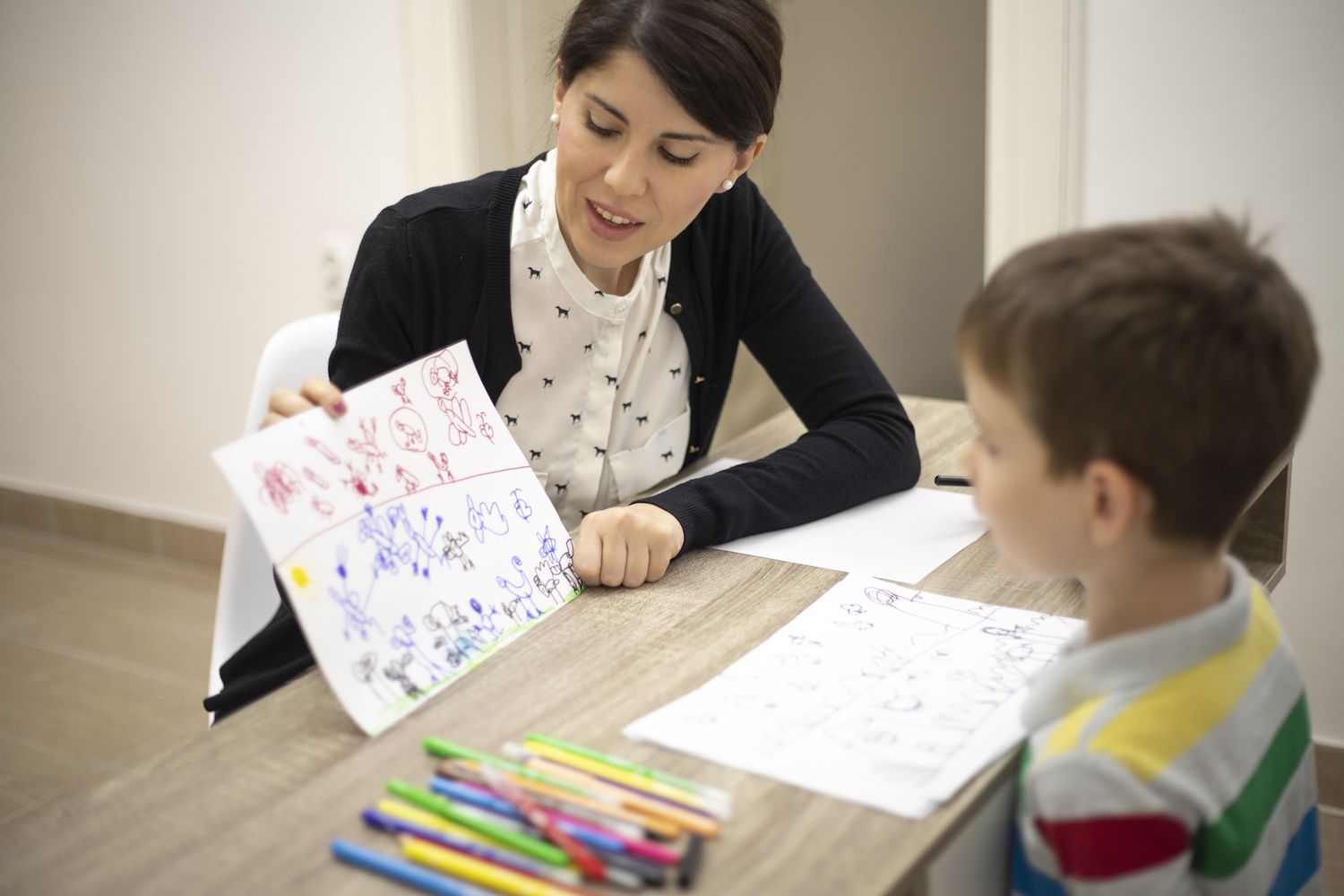Unraveling the Magic of Applied Behavior Analysis (ABA) Therapy for Your Child
Hello wonderful parents! Are you looking to demystify the concept of Applied Behavior Analysis (ABA) Therapy for your child? You’re in the absolute right place! ABA Therapy can seem like a complex puzzle, but with the right pieces of information, we can complete the picture together. Grab a cozy seat, as we embark on an enlightening journey into the world of ABA.
What Is Applied Behavior Analysis (ABA) Therapy?
At its heart, Applied Behavior Analysis Therapy is a scientific approach to understanding behavior. ABA is all about helping children with autism and other developmental disorders shine by improving social, communication, and learning skills through positive reinforcement. Imagine it as a toolkit filled with strategies to support your child’s developmental journey in the most joyful and effective way possible!
The Sparkling Benefits of ABA Therapy
Why choose ABA Therapy for your child? The reasons twinkle like stars in the night sky! ABA stands out by:
- ? Enhancing Communication Skills: ABA can help children express their needs and desires more clearly, which is like music to any parent’s ears!
- ? Boosting Social Skills: Through interactive play and learning, ABA encourages kiddos to make friends and engage with their peers.
- ? Building Independence: ABA empowers children to perform daily tasks on their own, fostering confidence and self-reliance.
- ? Reducing Problem Behaviors: With ABA’s gentle guidance, challenging behaviors can diminish, leading to a more harmonious family life.
- ? Customizable Strategies: Tailored to your child’s unique abilities and needs, ABA ensures that every child can reach for the stars at their own pace.
The Magical Techniques of ABA
ABA Therapy isn’t just powerful; it’s versatile too! Let’s sprinkle some pixie dust and peek at a few techniques:
- ? Discrete Trial Training (DTT): This involves breaking skills down into small, manageable chunks and teaching them step by step
- ? Natural Environment Training (NET): Here, skills are taught within naturally occurring situations, adding sparkle to the learning process.
- ? Pivotal Response Training (PRT): This focuses on key “pivotal” areas of a child’s development like motivation and response to multiple cues.
- ? Functional Communication Training (FCT): This works to replace challenging behaviors with proper communication skills.
Taking the First Step on Your ABA Journey
Embarking on ABA Therapy is like stepping into a realm of possibilities. Here’s how to begin:
- Seek a Diagnosis: If you suspect your child could benefit from ABA, a formal evaluation by a specialist is the starting line of your adventure.
- Choose a Certified ABA Therapist: Look for Board Certified Behavior Analysts (BCBAs), your guides in this journey, who have the expertise to develop and oversee individualized programs for your child.
- Get Involved: ABA Therapy is a team effort, so roll up your sleeves and get ready to be an active participant in your child’s progress!

Five Essential Things Parents Should Know in Preparing for Applied Behavior Analysis (ABA) Therapy
As you consider ABA Therapy for your child, there are crucial points to keep in mind to ensure you’re well prepared for this transformative experience. The following pearls of wisdom will help light your way:
- Understanding Your Child’s Needs:
Before diving into ABA, take time to understand your child’s unique needs and challenges. This awareness will be invaluable as you communicate with therapists and set goals. Remember, ABA is not a one-size-fits-all approach, and your input is crucial in tailoring the program to your child’s individual sparkle.
- Building a Supportive Network:
Surrounding yourself with a community of support is like having a trusty crew on a ship. Connect with other parents, join autism support groups, or participate in online forums. Your shared experiences can provide comfort, insights, and practical tips as you navigate the ABA waters together.
- Embracing Consistency:
Consistency is key in ABA Therapy. Routine and predictability create a solid foundation for your child to build upon. Work with your therapist to establish consistent approaches to reinforce learning both during therapy sessions and at home – think of it as setting the rhythm to your child’s success dance.
- Maintaining Open Communication:
Open lines of communication between you and the ABA team are like the golden threads in a tapestry of progress. Regularly discuss your child’s progress, celebrate triumphs, and brainstorm ways to tackle hurdles. Your insights as a parent are invaluable, and collaboration fosters a thriving environment for your child’s growth.
- Preparing for Emotional Highs and Lows:
The journey with ABA Therapy can be an emotional rollercoaster, filled with heartwarming highs and challenging lows. Prepare yourself and your family for this reality by establishing self-care routines and finding healthy outlets for stress. Being emotionally resilient prepares you to be the rock your child can lean on.
Conclusion: Your ABA Adventure Awaits!
Parents, you now have the map to navigate the enchanting world of ABA Therapy. While there may be challenges ahead, remember that each step is a leap towards your child’s brighter future. Your love, dedication, and willingness to learn will be the wind under your child’s wings. Together, you will soar through the ABA journey, paving the way for spectacular milestones and joyous achievements.
. For more information see here
Disclaimer
The articles available via our website provide general information only and we strongly urge readers to exercise caution and conduct their own thorough research and fact-checking. The information presented should not be taken as absolute truth, and, to the maximum extent permitted by law, we will not be held liable for any inaccuracies or errors in the content. It is essential for individuals to independently verify and validate the information before making any decisions or taking any actions based on the articles.




